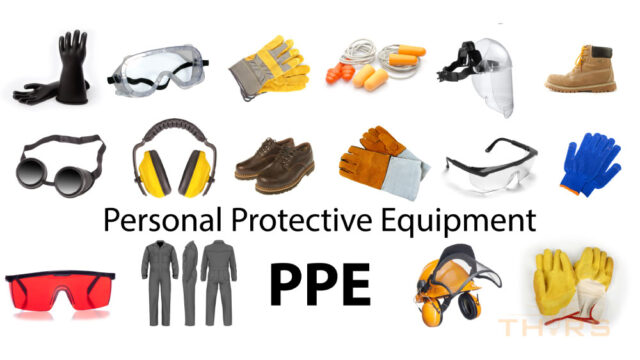Mastering Personal Protective Equipment (PPE): Safeguarding Health in Evolving Threat Landscapes

About Course
In a world facing rapidly evolving threats—from global pandemics to chemical warfare—Personal Protective Equipment (PPE) has never been more critical. This immersive course takes students on a journey through the past, present, and future of PPE, exploring not just the fundamentals but also revolutionary technologies shaping its evolution. Whether you’re a frontline healthcare worker, a military professional, or simply a safety enthusiast, this course empowers you with the knowledge to understand, evaluate, and apply PPE strategies in high-stakes environments.
With real-world case studies, emerging tech like smart wearables and enzymatic fabrics, and powerful insights into ethical and environmental responsibilities, this course will inspire learners to become informed advocates of safety. From AR-enhanced visors to synthetic biological integration, students will come away with a vision of PPE as more than just gear—but a sophisticated, adaptable system designed to protect life under the harshest conditions.
Course Content
Introduction: Navigating Hazards with Future-Ready PPE
Setting the stage for the comprehensive guide that addresses both civilian and military PPE needs
00:00Acknowledging the dynamic challenges posed by chemical, biological, and general threats
00:00